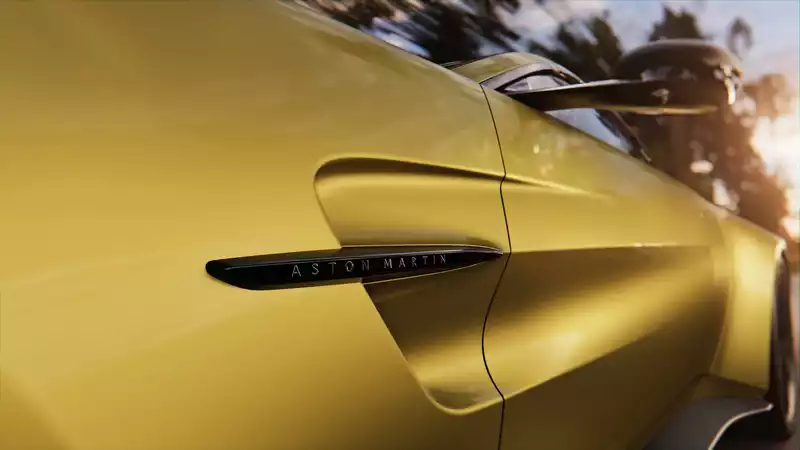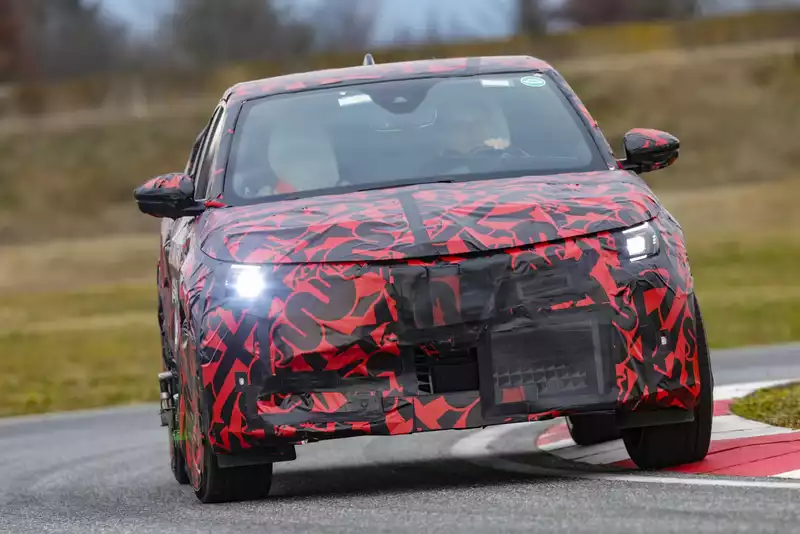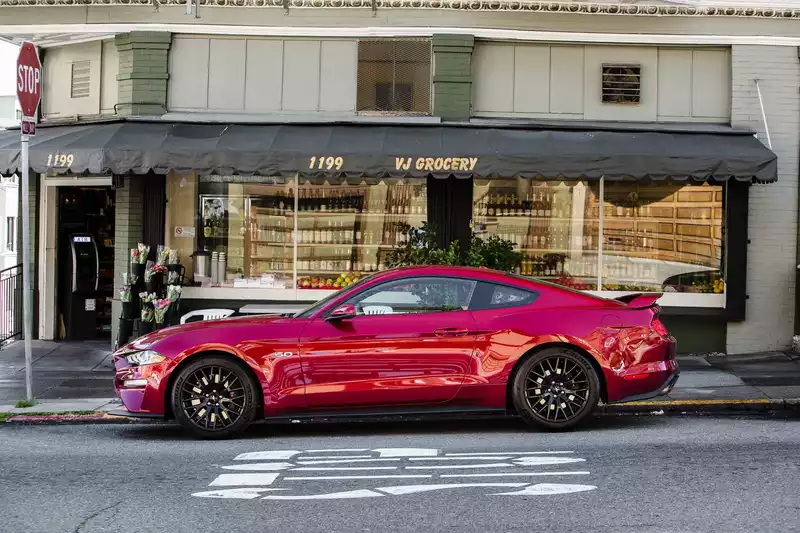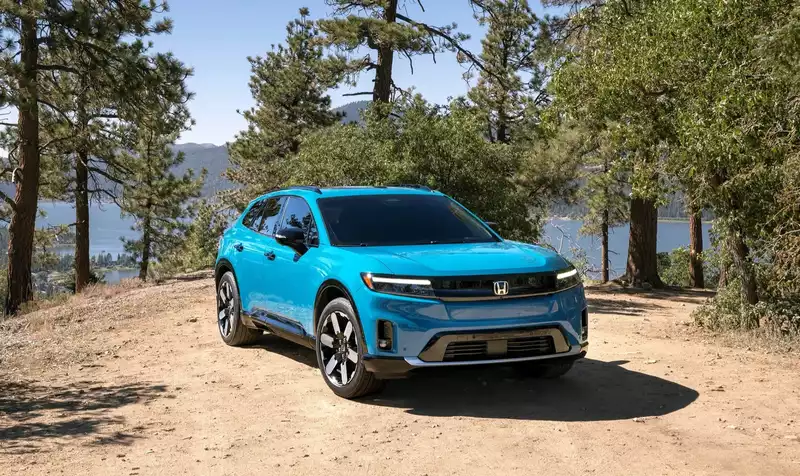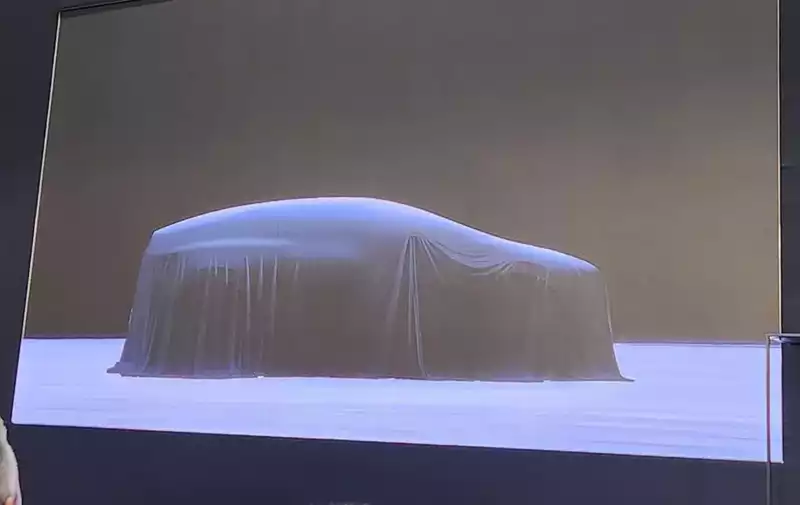CES Hyundai to Develop Flying Uber Air Taxi for Next-Generation Cities
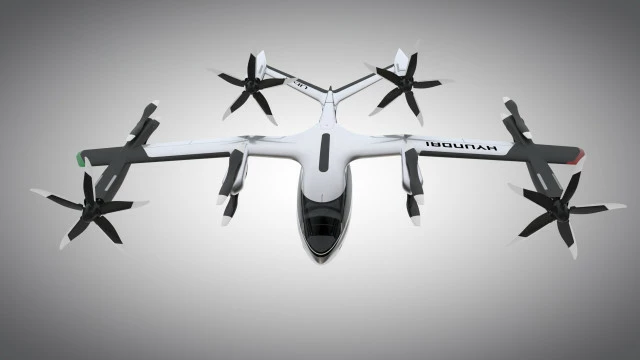
Hyundai's vision of the future includes self-driving pods, flying cabs, and a hub that connects these two modes of transportation.
The vision and first examples of these two vehicles were unveiled Monday at the 2020 Consumer Electronics Show in Las Vegas.
While it all sounds far-fetched, Hyundai is serious about this future. It even announced a partnership with Uber to develop a flying cab as part of this plan.
Under the partnership, the Korean automaker will develop and build the flying cabs, while Uber will provide everything else, including airspace, ground transportation, and service customer service.
Hyundai unveiled the design of its first flying cab, dubbed the S-A1, which is capable of vertical takeoff and full transition to wing-based flight, cruising at speeds up to 180 mph at altitudes of about 1,000 to 2,000 feet above ground. According to Hyundai, its all-electric propulsion system has a range of up to 60 miles and can be recharged in about 5-7 minutes.
Eventually, the S-A1 will be autonomous, but Hyundai says it will initially be piloted by a pilot.
Inside, there is room for four passengers and the pilot, with room for one backpack or personal bag per passenger.
Hyundai's Purpose-Built Vehicle is a fully autonomous pod that serves as a living space on wheels to help clear traffic congestion. Hyundai refers to this type of transportation as cluster mobility; PBVs are functionally designed and can be set up as rolling restaurants, coffee shops, hotels, pharmacies, or simple multi-person mobile pods.
The all-electric rolling brick is theoretically powered by artificial intelligence that gives it the ability to navigate the best route while charging on the move, thanks to large PBVs that serve as mobile charging stations. PBVs can form platoons and communicate with each other as they travel together, reducing congestion on the road and improving the logistics of personal deliveries.
Hubs will link these new transportation concepts. Hyundai expects these locations to include skyports for flying cabs to land and docking stations for PBVs. The automaker also theorizes that these hubs could become attractions or malls by connecting fleets of PBVs to each other.
Hyundai and Uber have not provided a timeline for this future vision.
For more CES news, see our dedicated hub.

